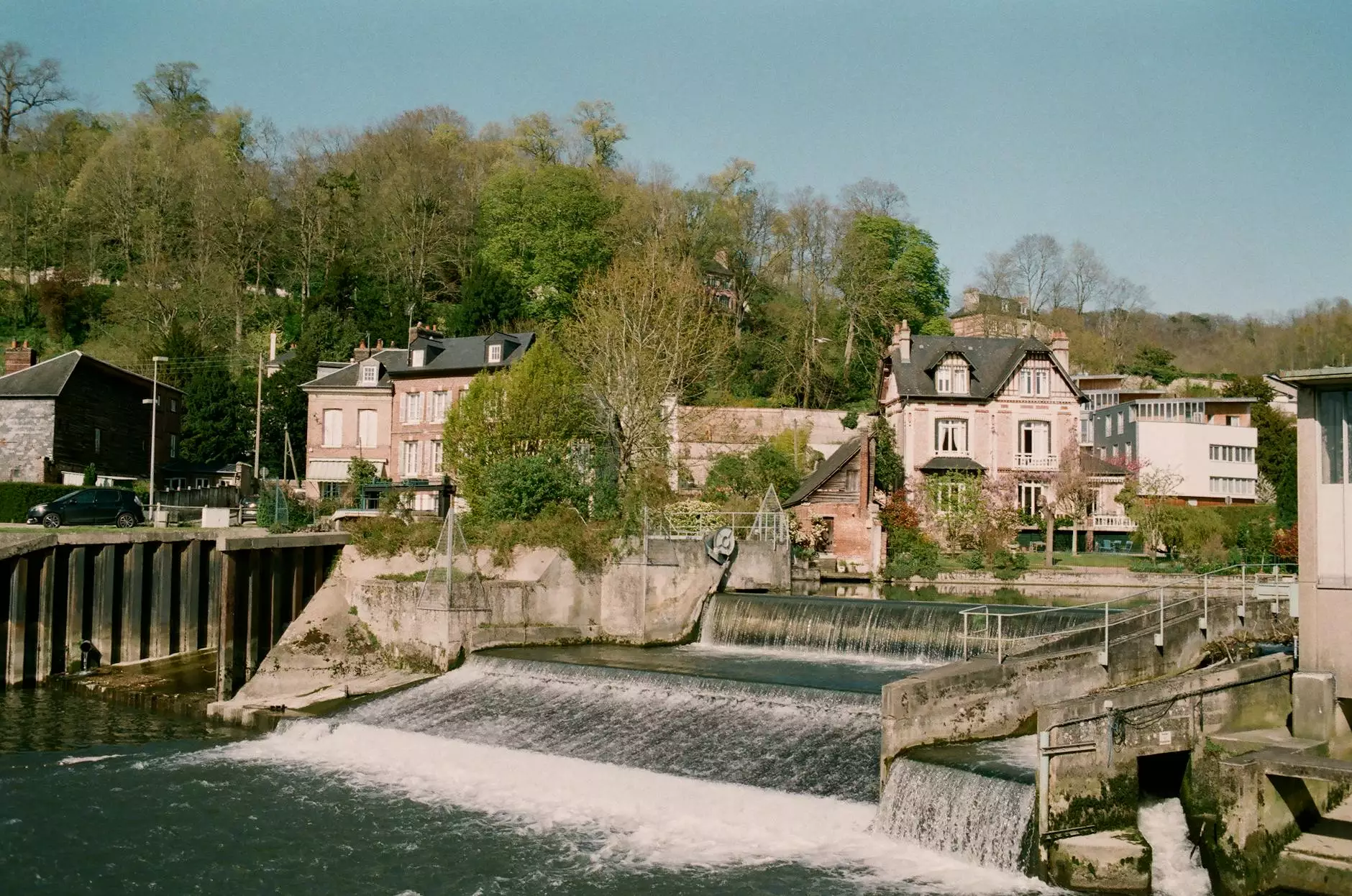The Power of Hydroelectric Energy: Unveiling its Definition and Significance

Hydroelectric energy, commonly known as hydroelectric power, is a renewable energy source derived from flowing water. This environmentally friendly power generation method harnesses the kinetic energy of moving water to produce electricity. The process involves converting the potential energy of stored water in dams or reservoirs into electrical energy through turbines and generators.
The Definition and Functionality of Hydroelectric Energy
At its core, the definition of hydroelectric energy revolves around the utilization of water resources to generate electricity. This process typically involves directing water flow through turbines connected to generators. As the water spins the turbines, the mechanical energy is transformed into electrical energy, which is then transmitted to power homes, businesses, and industries.
Benefits of Hydroelectric Energy
Hydroelectric energy offers a myriad of benefits that make it a compelling choice for sustainable power generation:
- Clean and Renewable: Unlike fossil fuels, hydroelectric power does not produce harmful greenhouse gas emissions, making it a clean and sustainable energy source.
- Cost-Effective: Once the infrastructure is in place, hydroelectric plants have low operating and maintenance costs, providing long-term economic benefits.
- Reliable Power Generation: Hydroelectric plants can provide consistent and reliable electricity production, helping to stabilize the grid.
- Flexible Operation: Hydroelectric facilities can quickly adjust output to meet fluctuating energy demand, contributing to grid stability.
- Water Management: By controlling water flow, hydroelectric dams can assist in flood control, irrigation, and water supply management.
How Hydroelectric Energy Works
The operation of a hydroelectric power plant involves several key steps:
- Water Intake: Water is captured from rivers or reservoirs and channeled into the power plant through intake structures.
- Turbine Rotation: The flowing water drives the turbines, causing them to rotate and convert the kinetic energy into mechanical energy.
- Generator Rotation: The rotating turbines spin the generators, converting the mechanical energy into electrical energy.
- Transmission: The generated electricity is transmitted through power lines to homes, businesses, and industries for consumption.
The Role of Hydroelectric Energy in Sustainable Development
Hydroelectric power plays a crucial role in promoting sustainable development by providing a clean, reliable, and cost-effective energy source. As countries worldwide transition towards renewable energy to combat climate change, hydroelectric energy stands out as a key contributor to achieving carbon neutrality and reducing dependence on fossil fuels.
Conclusion
In conclusion, hydroelectric energy offers a potent solution for meeting the world's growing energy needs in an environmentally responsible manner. By harnessing the power of flowing water, we can unlock a sustainable, reliable, and efficient energy source that benefits both present and future generations. Embracing hydroelectric energy is a vital step towards a greener and more sustainable energy future.
This insightful article is brought to you by Our Power - Empowering a Sustainable Tomorrow.what is hydroelectric energy definition








